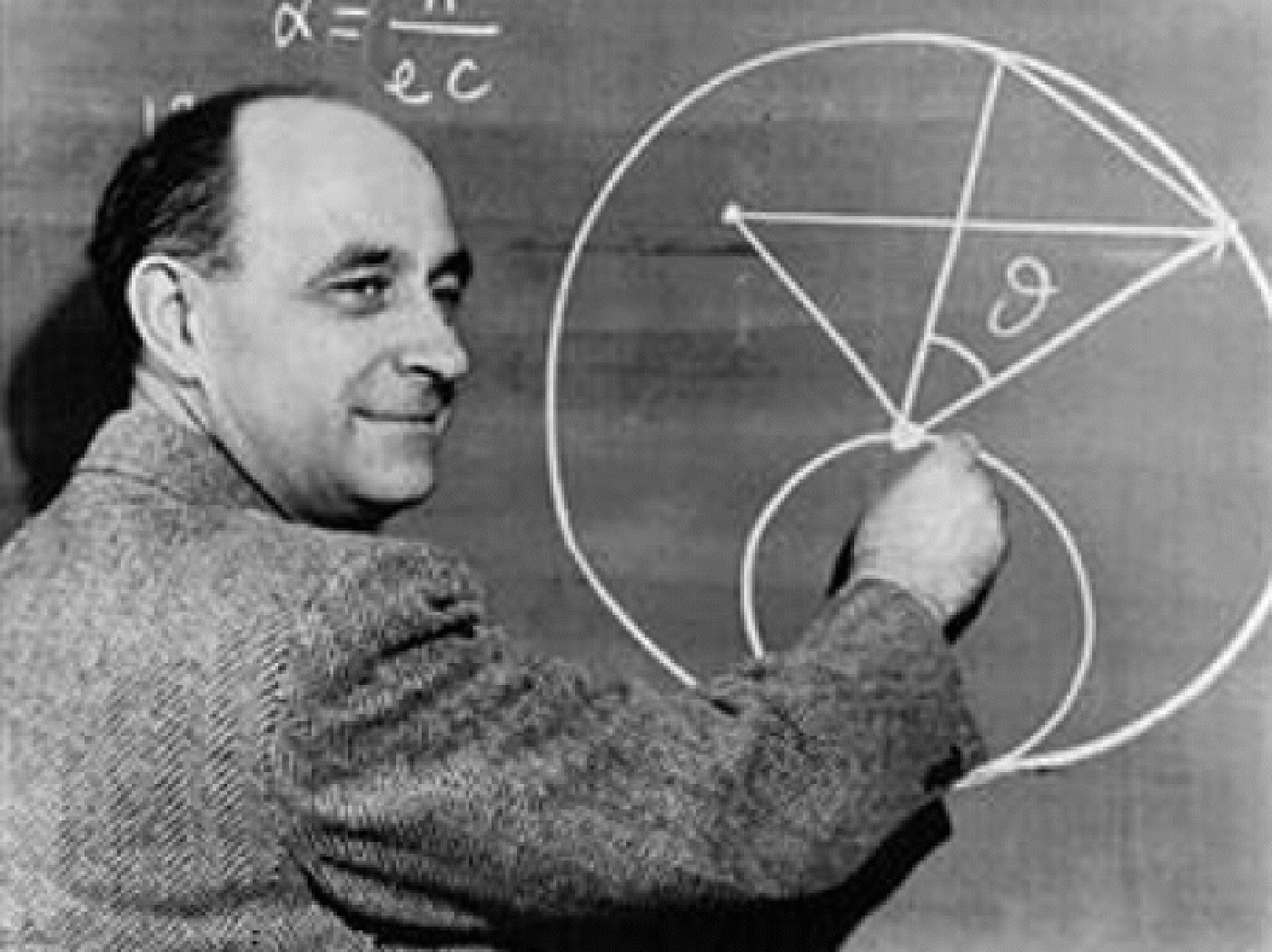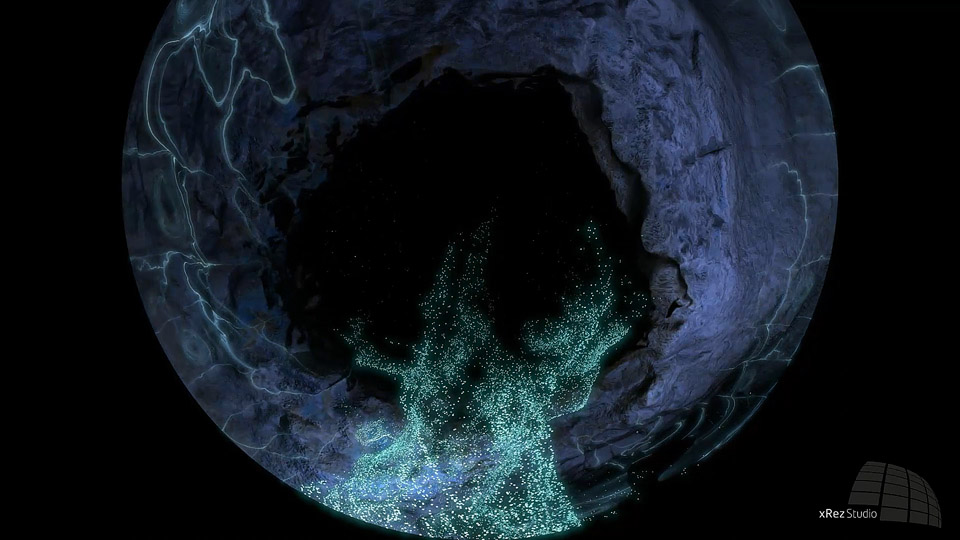
The recent release of “James Cameron’s Story of Sci-Fi” on AMC has reinvigorated public interest in the big questions that tantalize the imaginations of science-fiction writers and scientists alike. These questions – what is possible, what is out there, and are we alone? – are anything but fantasy for the SETI Institute, whose mission is to explore, understand, and explain the origin and nature of life in the universe and the evolution of intelligence. Popular Mechanicshighlights just how profound these questions are at this moment in history, and profiles the real-life visionaries leading the way in the SETI field.
“After a millennia of asking the priests and philosophers what we should believe about life somewhere else, we suddenly have the tools,” Jill Tarter told Popular Mechanics. “We can explore instead of believe.”
Despite the significance of this research, it has been an uphill battle to secure funding – contrary to popular belief, SETI research at the SETI Institute has been privately-funded since 1993 – and this has had mixed results on scientific progress in the field:
“We’ve been able to be more aggressive and bold than we might have been,” says Tarter, relating how the cuts affected SETI. “[But] if we have had level and sustained funding over that period, we would have been able to attract the best and brightest of the younger generation."
"We might have had some breakthroughs that we haven’t.”
Jill Tarter, Chair Emeritus for SETI Research, hasn’t given up the search in spite of the obstacles. Arguably, the biggest conceptual challenge to the continued work of SETI has been the Fermi Paradox, which asks simply, “where is everybody?”. In short, if we’re not the only advanced civilization in existence, and given the vast age of the universe, why haven’t we stumbled on fellow explorers? Space.com took on the question with insight from the SETI Institute’s website, SETI.org:
"Fermi realized that any civilization with a modest amount of rocket technology and an immodest amount of imperial incentive could rapidly colonize the entire galaxy," the Search For Extraterrestrial Intelligence (SETI) Institute in Mountain View, California, said on its website. "Within ten million years, every star system could be brought under the wing of empire. Ten million years may sound long, but in fact it's quite short compared with the age of the galaxy, which is roughly ten thousand million years. Colonization of the Milky Way should be a quick exercise."
SETI Institute Senior Astronomer, Seth Shostak, remains undeterred, as he told Popular Mechanics:
“If we are alone, then we are a miracle,” says Shostak. “That’s usually a bad assumption in science.”
You can read more about the mission and history of the SETI Institute on our website, SETI.org.
- Popular Mechanics: We Can Explore Instead of Believe: Inside the Epic Hunt for E.T.
- Space.com: Fermi Paradox: Where Are the Aliens?
- SETI.org: A History of SETI
- SETI.org: Fermi Paradox
 Water Worlds: What We Now Know About TRAPPIST-1
Water Worlds: What We Now Know About TRAPPIST-1Compelling data in the search for life in the universe continues to tantalize researchers and the public alike, and the discovery just over a year ago of the TRAPPIST-1 planetary system is no exception. Discovered using the Transiting Planets and Planetesimals Small Telescope (TRAPPIST) in Chile, and analyzed further by the Kepler spacecraft, the red dwarf star is a mere 39 light years away and has no fewer than seven Earth-sized planets in orbit. Geek.comturned to SETI Institute Senior Scientist, Franck Marchis, for insight on the exciting findings:
“We now have unambiguous proof of the existence of the TRAPPIST-1 planets, and we know about their orbits, their size, and their mass,” Franck Marchis, exoplanet research chair and senior scientist at SETI, wrote in an update. “But a lot still remains to be learned before we can claim that they have liquid water on their surface, and we need to know far more than that before we can conclude that these planets might be habitable, or inhabited.”
Even if these particular worlds are uninhabited, the advances being made in exoplanet research offer considerable promise, as Frank Marchis enthused in a recent update on SETI.org:
"In less than two decades, nearby planetary systems like TRAPPIST-1 will become our cosmic backyard, and if everything goes as planned with missions like TESS, PLATO, ARIEL, and JWST as well as the ELTs, we will soon learn the secrets of those exotic worlds which, I am convinced, will surprise us by their diversity, just as our own solar system has surprised us over the past two decades, surprises us today, and will surely continue to surprise us in the future."
- Geek.com: No Alien Sightings (Yet) in TRAPPIST-1 Planetary System
- SETI.org: An Update on the Potential Habitability of TRAPPIST-1. No Aliens yet, but We’ve Learned a lot.
- SETI.org: Meet Our Scientists - Franck Marchis
 Meet Victoria Meadows, 2018 Drake Award Recipient
Meet Victoria Meadows, 2018 Drake Award RecipientThe leader of NASA’s Virtual Planetary Laboratory (VPL) and University of Washington professor of astronomy, Victoria Meadows, will be the first woman honored by the SETI Institute with the Frank Drake Award. The award is named for Dr. Frank Drake, who conducted pioneering experiments that launched the modern SETI research field, and is known for creating what many consider a roadmap for astrobiology: the Drake Equation. The Drake Award honors distinguished contributors to the search for life beyond Earth, and awardees are chosen by a panel of distinguished scientists appointed to the SETI Institute Science Advisory Board.
“Vikki Meadows is a truly outstanding awardee for the Drake Award,” said John Rummel, Chair of the SETI Institute’s Science Advisory Board. “She is a leader in the scientific estimation of environments on extrasolar planets, and in the search for signs of habitability and life. As a professor and mentor, she has infused others with her enthusiasm and research expertise — leading from the front.”
The 2018 Drake Award will be presented to Meadows on June 14, during a public event held at SRI International in Menlo Park, California. Meadows will also talk about her work in biosignature detection and planetary habitability, and her leadership in the field of astrobiology. Tickets are available now, and we hope to see you there!
- UW News: UW astrobiologist Victoria Meadows receives SETI Institute’s Frank Drake Award
- SETI.org: Scientist Seeking Signs of Extraterrestrial Life to Receive the SETI Institute’s Drake Award
- Tickets (via CommitChange.com): The 2018 Drake Award Honoring Victoria S. Meadows
Have you ever wondered what stories SETI scientists have of their misadventures? So did Popular Science, which compiled a number of short pieces retelling scientists in a variety of fields. Among them is a story from Jill Tarter, Chair Emeritus for SETI Research, about one day in 1997 at Green Bank Observatory in which a strange signal was detected…!
The story of Jill Tarter’s groundbreaking work and inspiring life is compelling to many, and was the subject of the book Making Contact by Sarah Scoles. You can read more about Jill Tarter and Making Contact on our website, SETI.org.
- Popular Science: Looking for life in all the wrong places
- SETI.org: The Biography of SETI Pioneer Jill Tarter, Making Contact: Jill Tarter and the Search for Extraterrestrial Intelligence, is Released
- SETI.org: Jill Tarter — Beating the Odds
 A Message Across Time and Space
A Message Across Time and SpaceHow do you write a message that people will understand in the distant future, regardless of language, culture, and the ravages of time? That was the challenge put forward by Carl Sagan to his friend Jon Lomberg, when Sagan asked him to create a marking system that would last 10,000 years in order to deter humans from entering the Waste Isolation Pilot Plant (WIPP), where accidental trespassing could lead to dire consequences. The project required a unique combination of scientific understanding, artistic insight, and an extreme emphasis on the long view. Lomberg would go on collaborate with SETI pioneer Carl Sagan on many projects, including the PBS series Cosmos, for which he won an Emmy, and the opening scene of the movie Contact, based on Sagan’s novel of the same name. He also collaborated with pioneering SETI researcher Frank Drake (creator of the Drake Equation, and now Chairman Emeritus of the SETI Institute’s Board of Trustees) in the design of the Voyager Golden record, an interstellar message meant to act as a sort of time capsule in the event of its discovery by alien beings. The team naturally faced rather significant communication challenges, as noted by Motherboard:
"Working alongside SETI pioneer Frank Drake, [Lomberg] was assigned with designing the cover of the gold-plated copper disk and helping gather the sounds and images embedded within. Lomberg says the hurdle of such interstellar communication was going about interfacing with “different minds.” “How do you establish something common?” he asks.
The Golden Record was launched in 1977, but SETI researchers have continued to wrestle with the conceptual hurdles of interstellar – and interspecies – communication. How would we convey the human experience to an alien intelligence? A recent discussion held at Montalvo Arts Center in Saratoga, California, titled “Life Beyond Earth”, tackled this very issue in an inimitable way. The SETI Institute offered the public a sneak-peak into its Artists-in-Residence (SETI AIR) program, which is designed to explore the interplay of art and science, allowing investigators in both fields to new perspectives and levels of understanding. The event also introduced the SETI Institute’s latest artist-in-residence, composer Felipe Perez Santiago, and his current project. Called Earthling, it is an ambitious attempt to craft the sound that captures the universal human experience. Santiago will work closely with SETI Institute co-founder, Jill Tarter, who helped create the SETI AIR program with artist Charles Lindsay. Lindsay spoke to Metro about the SETI AIR program, and was present at the event to answer questions about why such collaboration matters:
"It's a rich enough question that we keep addressing it," says Lindsay. "Most people intuit that it's a really good idea to put scientists and artists together, and most intelligent people would see that it's a good idea. But if you ask why, the answers are not always obvious."
You can visit our website, SETI.org, to find out more about the SETI AIR program and past artists-in-residence.
- Motherboard: The Man Who Helped Design a 10,000-Year Nuclear Waste Site Marker
- Metro Silicon Valley: SETI Artist Ponders 'Life Beyond Earth'
- SETI.org: SETI AIR: The SETI Institute’s Artists in Residence Program
 Big Picture Science:
Big Picture Science:Last week’s episode, High Moon, explored the big picture view of today’s space race with science fiction writer Andy Weir (author of the Martian, now a motion picture, and Artemis), emerging space agencies of Kenya and other African nations, and the Lunar X Prize challenge. This week, enjoy an encore of What Have You Got to Move, and learn about how everything, from fish to atoms, approaches motion.
Last week’s Facebook Live featured a lively discourse on what would happen if we discovered a signal proving the existence of advanced alien life, in which Senior Astronomer Seth Shostak explored a variety of scenarios and answered viewer questions.
Videos of all past Facebook Live events can be found on our Facebook page: https://www.facebook.com/SETIInstitute/
- The Villages: May 8, San Jose, CA Seth Shostak to offer talk about SETI
- Silicon Valley Astronomy Lecture Series: May 15, Los Altos Hills, CA Chasing New Horizons: Inside the Epic First Mission to Pluto with Alan Stern and SETI Institute Scientific Advisory Board member David Grinspoon
- SETI Talks: May 23, 2018 Menlo Park, CA Hal’s Legacy: 2—1’s Computer as Dream and Reality with David Stork
- Yerkes Observatory: May 26, 2018, Williams Bay, WI Seth Shostak to speak
- The Drake Award: June 14, 2018, Menlo Park CA Victoria S. Meadows will be presented with the SETI Institute’s Drake Award and speak about her work – LEARN MORE
- Spacefest: July 5-8, 2018, Tucson, AZ Seth Shostak will be a featured speaker





